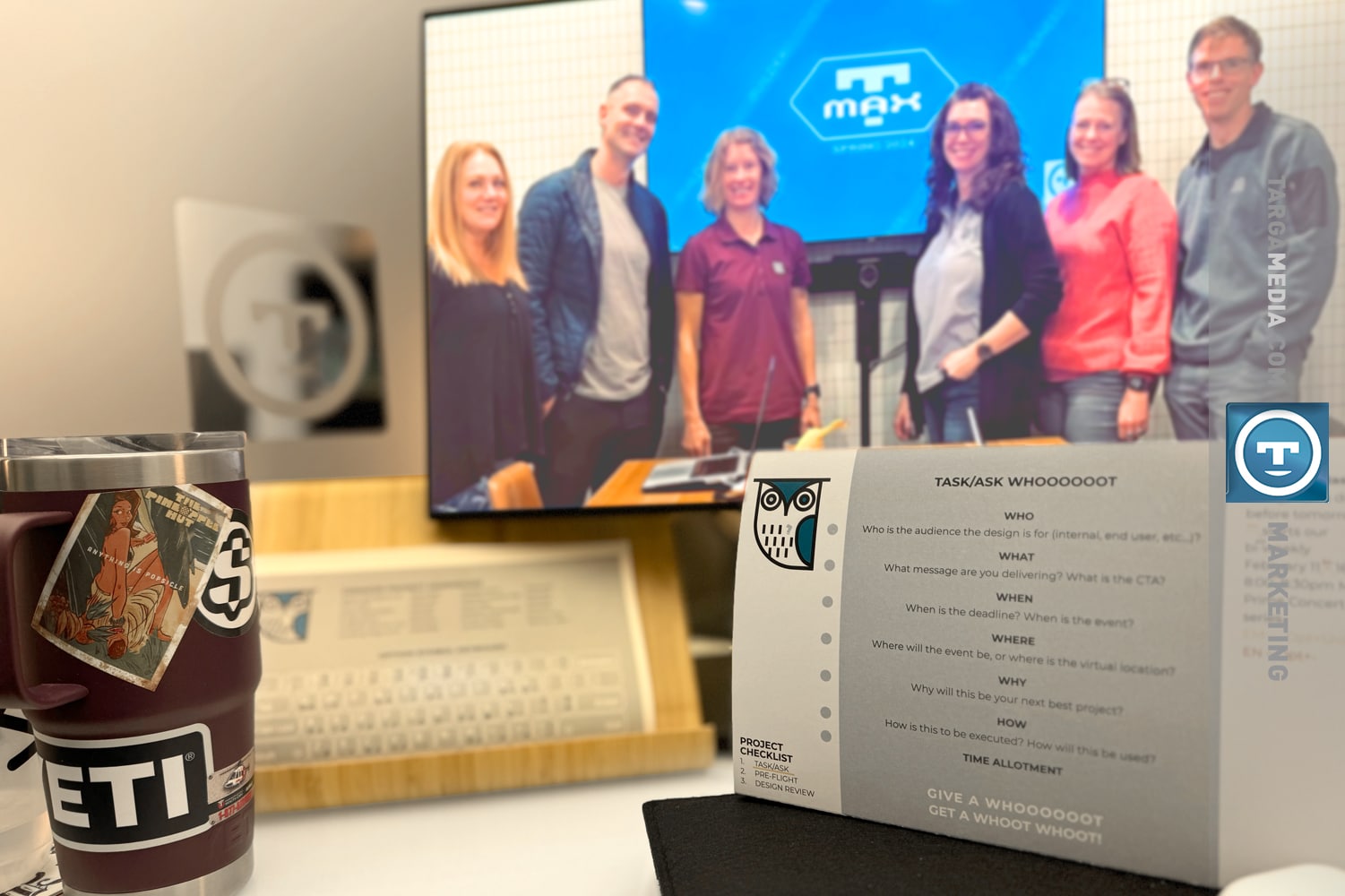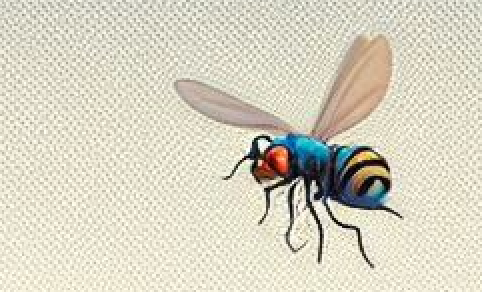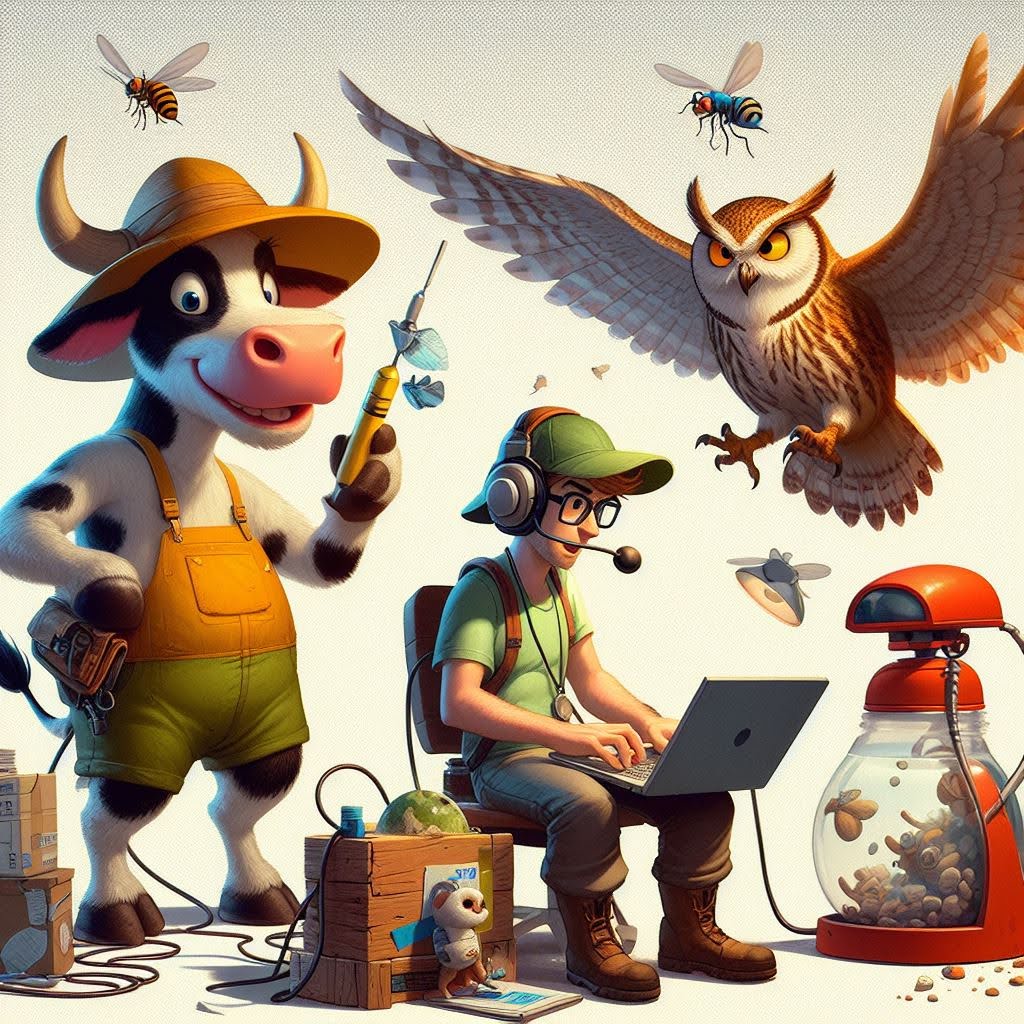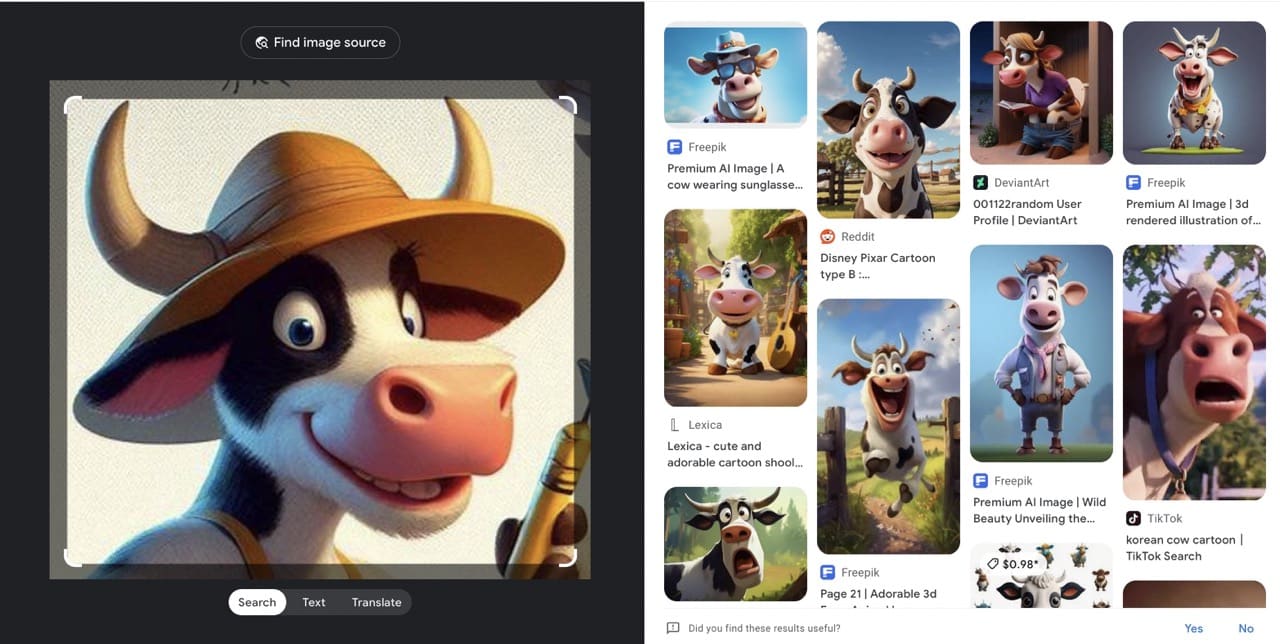

Ryan Snarr
Creative Lead
Processing Targa’s Processes
The best way we serve our clients is by having a design process we are constantly maintaining and polishing. It just so happens this is the best thing we can do for our individual team members as well. A well-oiled machine delivers the best product and is the most profitable. So why is it that we sometimes overlook this aspect of our business?
Any efficient process is built on informed behavior pointed toward a specific outcome. And while this post isn’t a book report, it feels right to guide these thoughts with some easy-to-digest wisdom from the New York Times best seller, Atomic Habits, by James Clear. If you haven’t decided on what you’re reading this year, do yourself a favor and pick up a copy of this book. It’s worth a read and a re-read.
“A habit is a routine or behaviour that is performed regularly and, in many cases, automatically.” – James Clear
If there is anything you want to get down to a science, something as automatic as breathing in and breathing out, it is dialing in the project kick off. This practice not only gets all members of your team on the same page, but it gives you the ability to establish accurate expectations with your clients. If you don’t know what your client is expecting, good luck meeting their expectation regularly. Meeting and exceeding your client’s expectations should be foundational in your organization.

By accurately conveying project needs, you serve your team by helping them understand how to best meet—and exceed—client expectations. At Targa, we hold a daily meeting that is AUTOMATIC. This 30-minute touch base is at the foundation of staying in sync with one another. And we’re always looking for ways to improve it as well. We’ve most recently engaged our team on documenting best practices throughout our design process. Wisely asking 6 imperative questions (Who, What, When, Where, Why, & How) during a project kick off casually became known as ‘Whoooooot’. Chances are if you cover the right information upon project initiation, there will be plenty of celebratory ‘Woot Woot!’ upon project completion.
“Changes that seem small and unimportant at first will compound and turn into remarkable results if you’re willing to stick with them for years.” – James Clear
What you DO in your processes is just as important as what you DON’T do. In a recent team leadership discussion at Targa we discussed small regular behaviors that make a mighty difference:

- Time Tracking – leads to project efficiency, staying within client budgets and profitability. The more accurate the data you can pull from timesheets, the better you can find areas to celebrate and improve.
- Peer Reviews – The team at Targa grows together when we share. We’re able to skill share, cross pollinate and offer support. A second set of eyeballs is super helpful when you’ve been staring at something for a long while.
- Short Cuts – We learned in our youth not to take shortcuts in life, but they weren’t talking about keyboard shortcuts. There’s a reward for those mastering their Command+Shift functions and other quick keys. The reward is time. Precious time.
Our converstaion about the small things we should do turned into identifying things we dont want to do–Time suckers! Every company experiences circumstances or unexpected setbacks that take up valuable time. While some of these suckers are inevitable to some degree, it is worth the while to swat away at any time wasters you can predict. Clients can easily align themselves with your efforts to cut out wasted time and increase efficiency.
“You do not rise to the level of your goals, you fall to the level of your systems.” – James Clear
One of the design process elements that shouldn’t be forgotten could be described as ‘Failing Fast’. When mining for solutions to meet a particular need, the chance of a team landing on the perfect one on their first try is very small. Planning for adequate discovery is key. We should plan for and implement this into our process with agreed upon constraints. One way to describe this process is to go grazing in the pasture for ideas or solutions.
Once a solution can be shown, show it quickly. This enables a design director, the client, or even the target audience the chance to let you know if you’re grazing in the right part of the pasture.

The idea here is to find yourself in the right pasture as soon as possible so that project time can be spent exploring and fine tuning the best ideas for the client’s needs.
So, to revisit where we started, why might certain steps in your process get overlooked? Perhaps we’re thinking too much about the nuts and bolts of the job, or the scope of the work. Revisiting this topic frequently for your team is worth consideration. A lumberjack with a dull ax uses twice the energy and cuts down half as many trees as the one who pauses to sharpen his ax frequently. If Confucius didn’t say that at some point, Paul Bunyan probably did.

It’s fun to see what AI will create when you combine themes or seemingly unrelated visuals from an article. This image was created with the prompt:
A cow, an owl, and a mosquito exterminator as adventure heroes all working together efficiently as graphic designers.
As a tease for a future article, we’re setting out to explore the artistic nature of AI through reverse searching parts of the images it spits out to us. Stay tuned.

